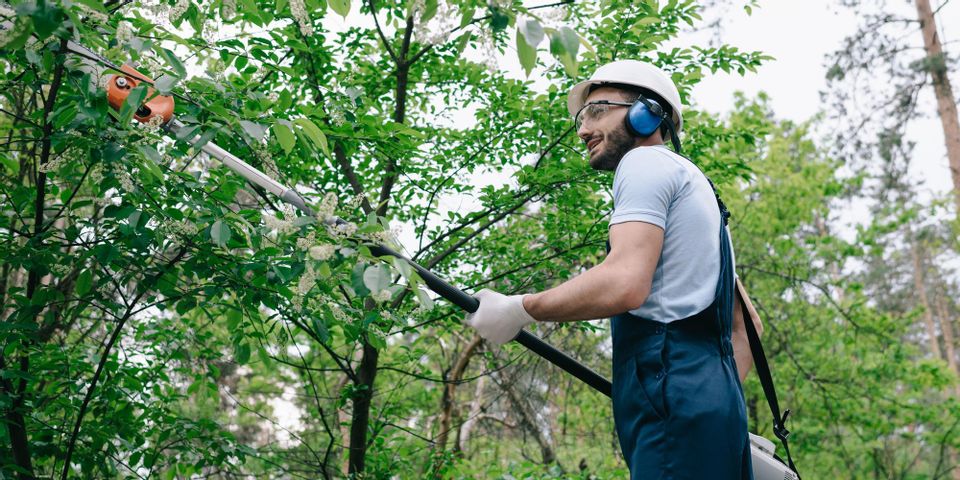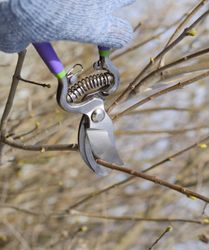
While plants need sunlight to survive, some trees are so dense that their upper branches block light from reaching lower limbs. Tree specialists utilize a method known as tree thinning to keep them healthy. The following guide will explain the process.
An Introduction to Tree Thinning
What Is Tree Thinning?
Trees transform light into energy, which they use as nourishment. However, when a tree is thick with outer foliage, sunlight has a hard time penetrating the canopy to reach the inner or lower limbs.
Tree thinning is the removal of key outer branches to allow light to reach more deeply into the tree, energizing branches that would otherwise struggle or die. It also enables air to pass through the canopy more easily. This lessens the damage that trees suffer during storms.
How Is It Done?
 Unlike pruning, tree thinning should not change the size or shape of the tree. Rather, it results in an even distribution of foliage. Branches are not removed from the interior but from the outer edges of the canopy. Larger branches should not be removed.
Unlike pruning, tree thinning should not change the size or shape of the tree. Rather, it results in an even distribution of foliage. Branches are not removed from the interior but from the outer edges of the canopy. Larger branches should not be removed.
How Often Should You Have It Done?
Because it allows more sunlight penetration, tree thinning promotes expedited growth of the remaining branches. This could result in the tree soon becoming dense enough to block inner limbs again, so you should have trees thinned every few years or whenever you notice inner limbs struggling to survive.
To hire an experienced tree thinning company, contact L & M Tree Service in Kalispell, MT. They are fully licensed and insured and have served clients throughout the Flathead Valley for more than 25 years. They also specialize in tree trimming and pruning, stump grinding, and emergency tree removal. Message them online through their website or call them at (406) 261-7240 to arrange a consultation.
About the Business
Have a question? Ask the experts!
Send your question

